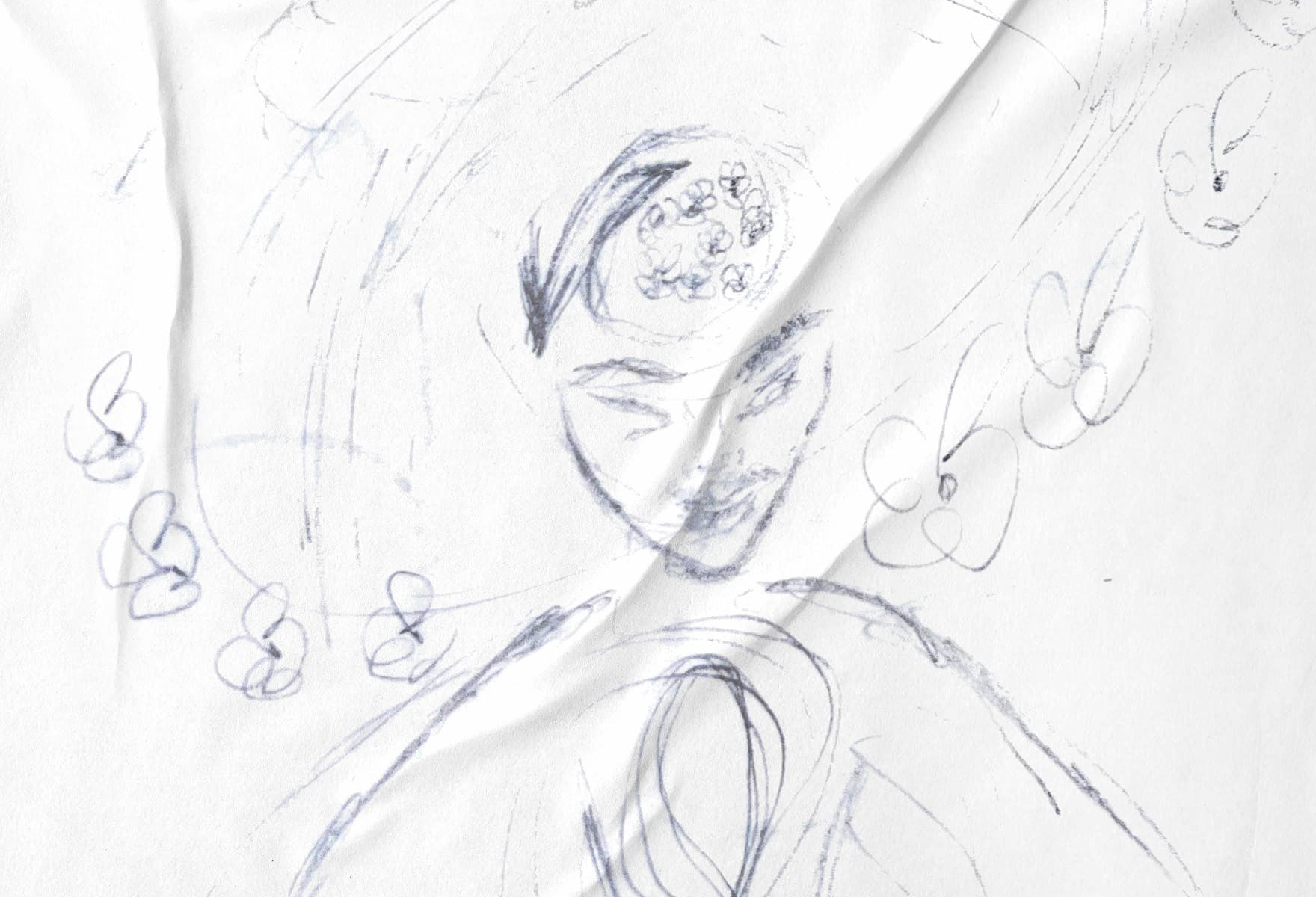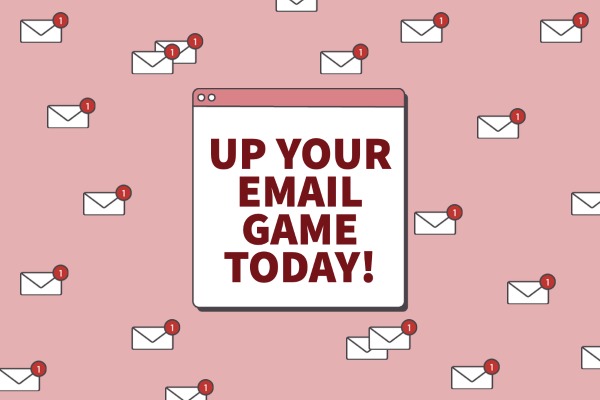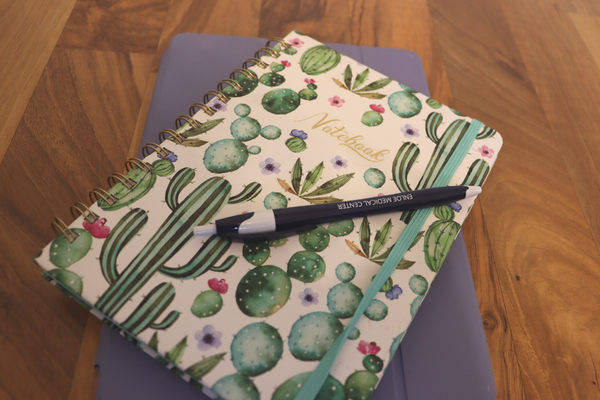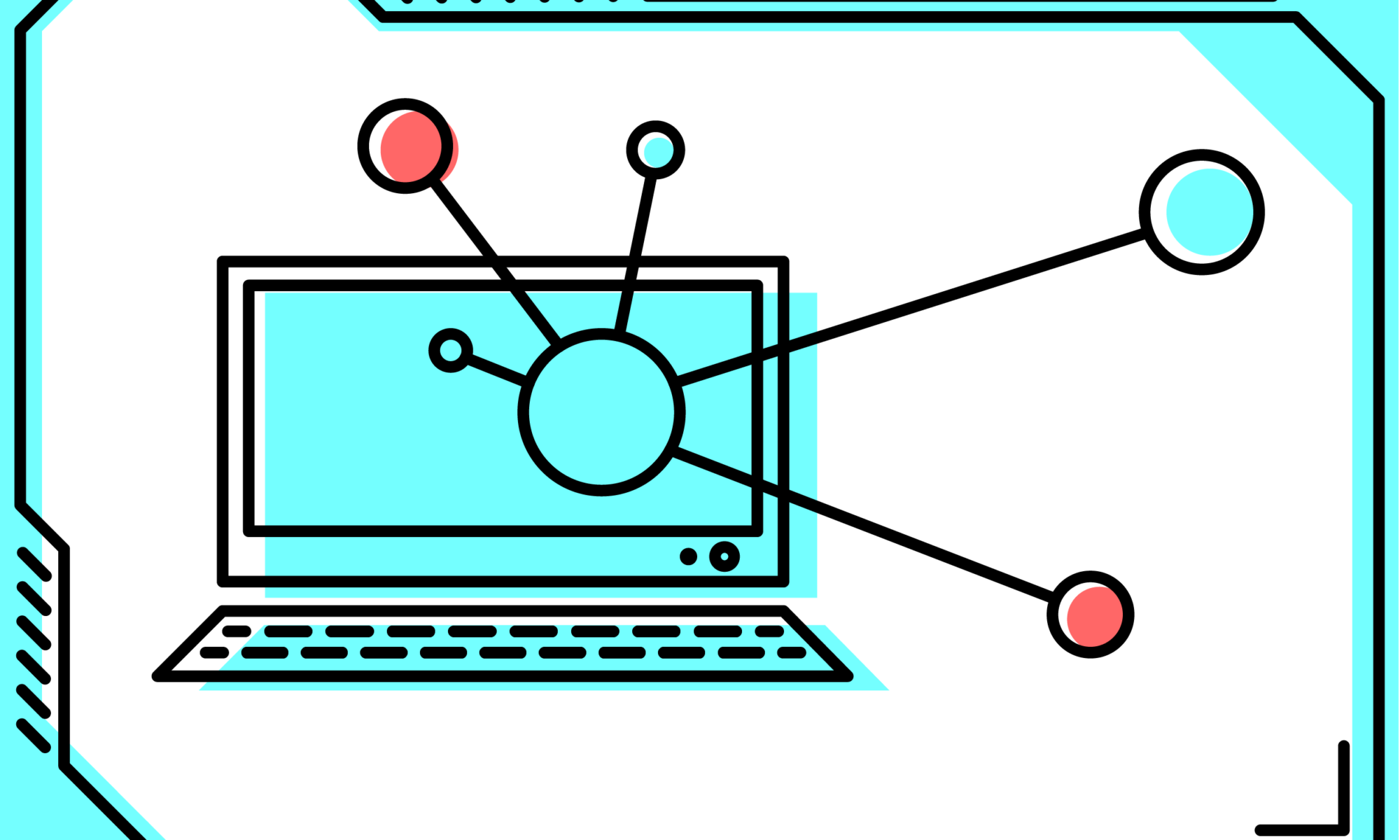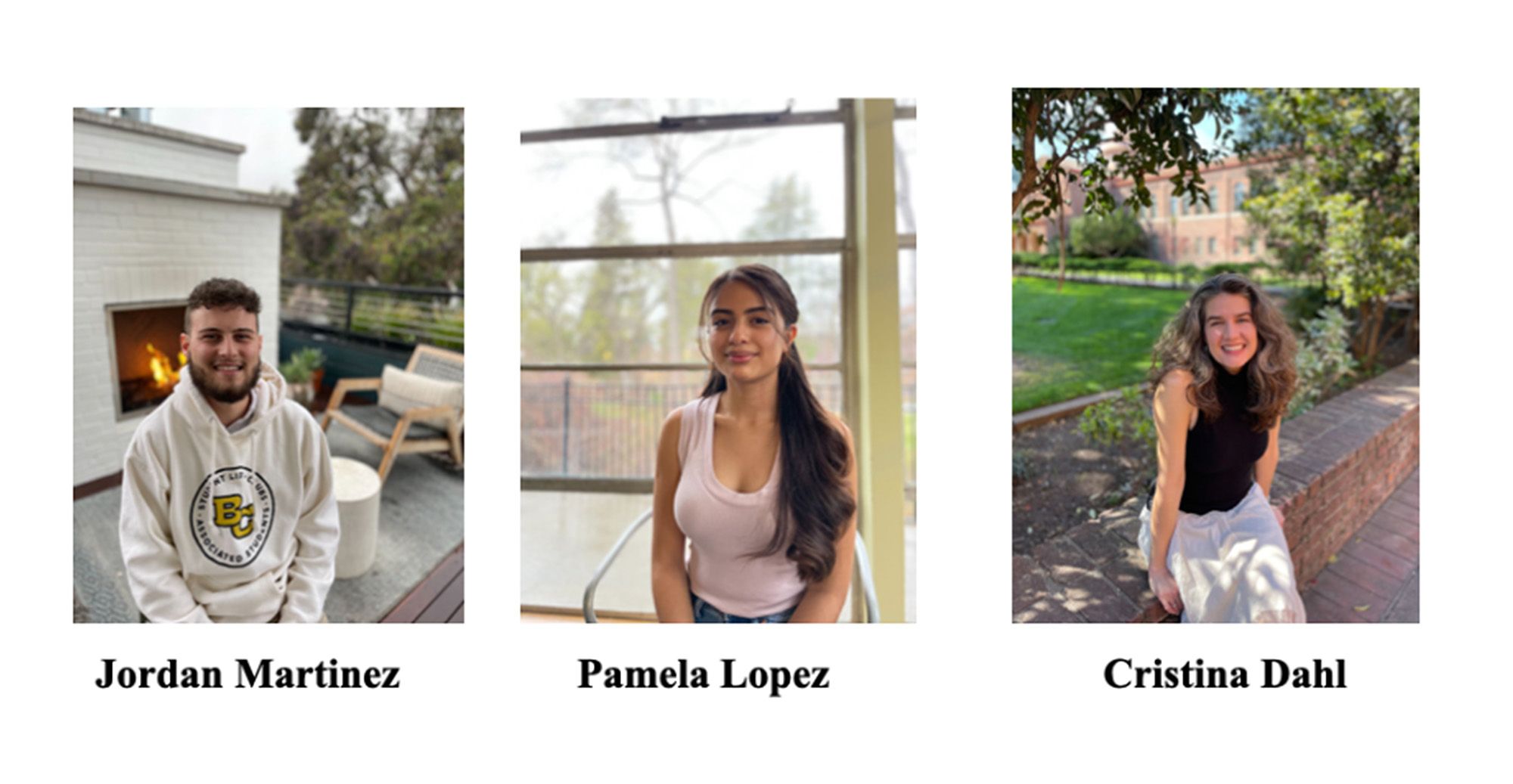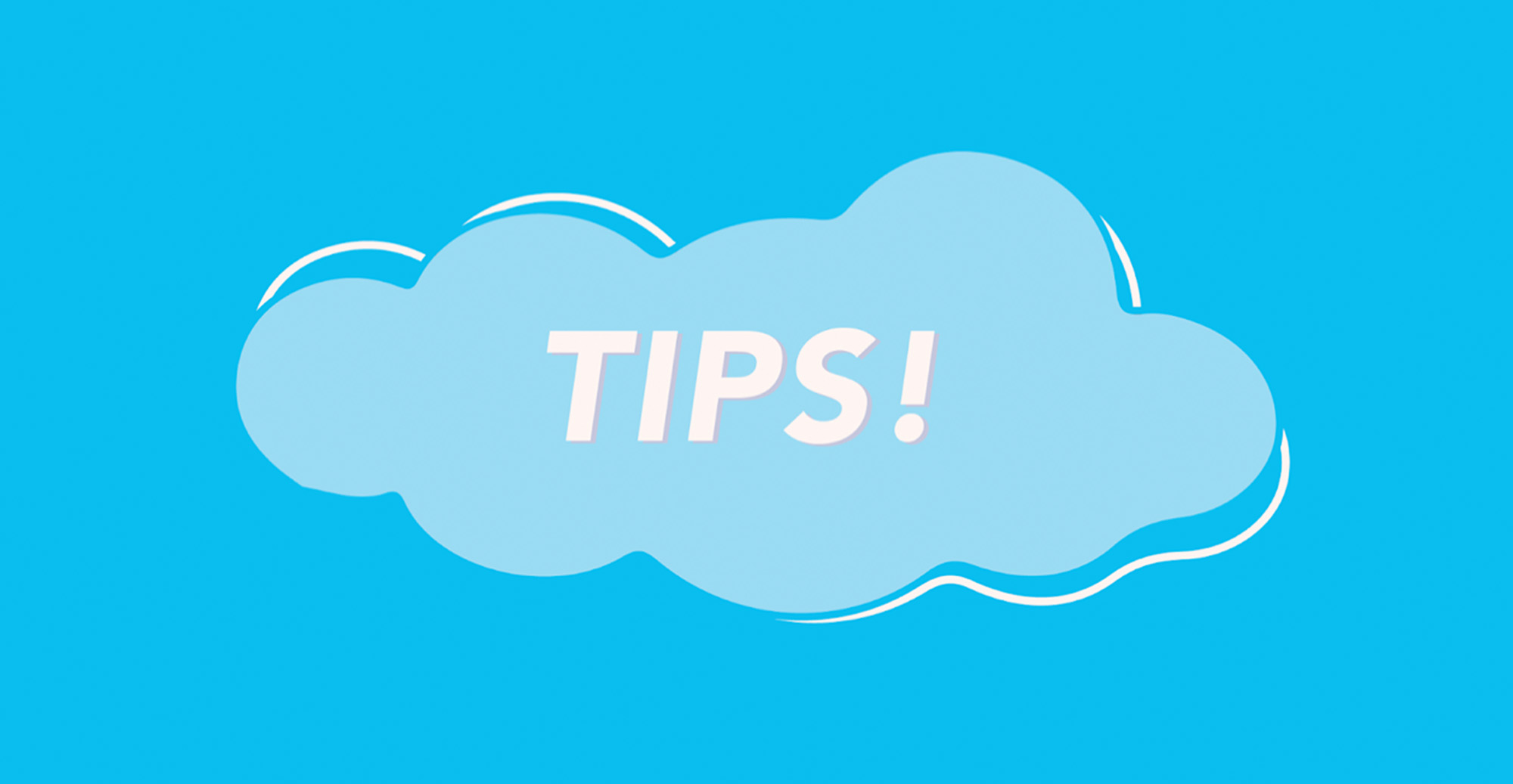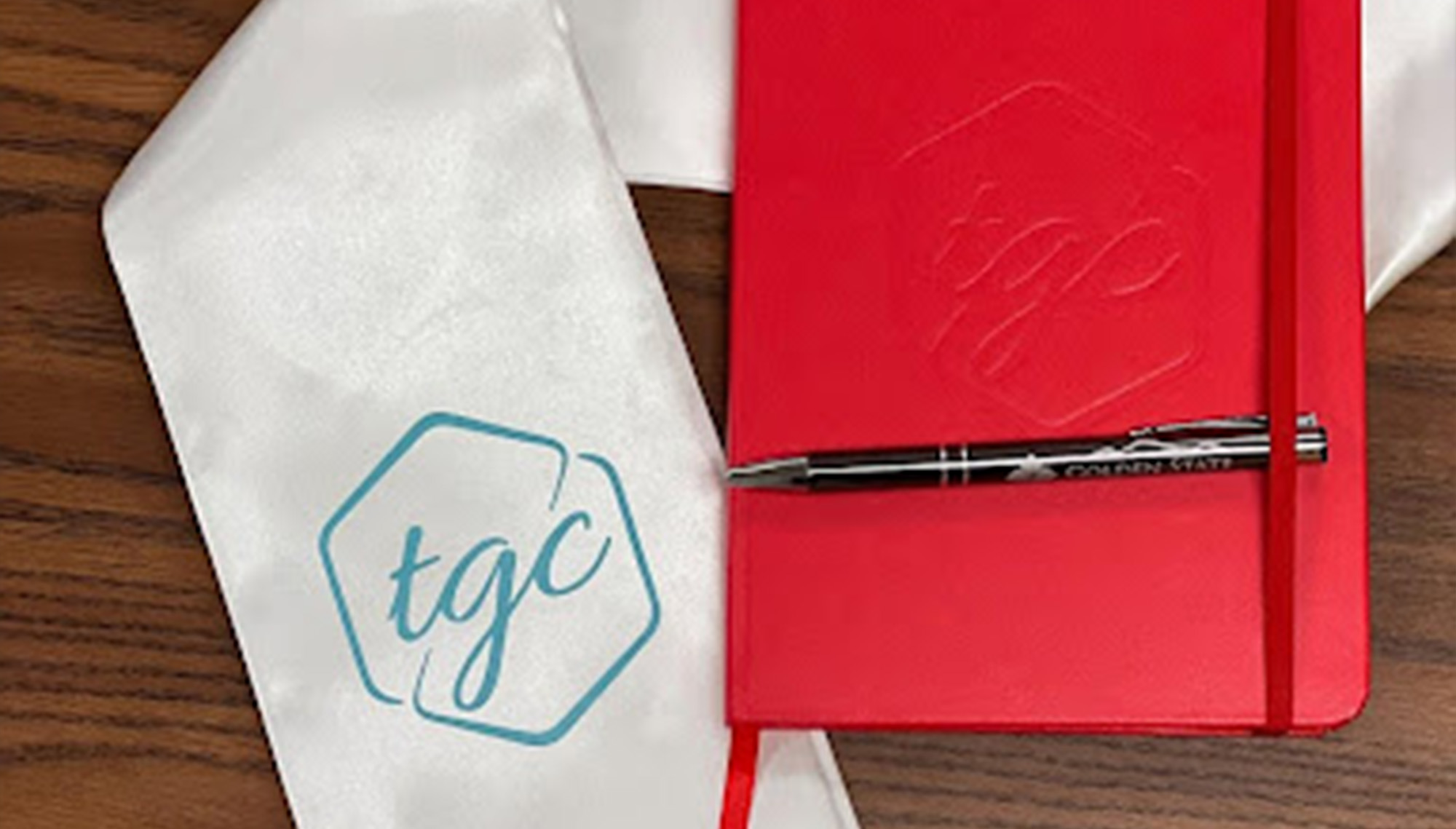By Marc Mercado
I remember when I switched my studies from concrete industry management (CIM) to interior architecture my freshman year. Even the architecture advisor questioned why I wanted to switch programs considering how successful CIM is.
That was the reason why I chose CIM for my academic career at Chico State. At that point in my life, I was driven by the expectations others set for me, with hopes of leaping over the poverty line. It only took the introductory course to push myself to look into other avenues– if this was going to be my full-time career I needed something more;
I was on a line: “to be a concrete man, or to know that I can [succeed without sacrificing]”.
With a minor in theatre arts, I looked forward to pursuing a program that included media arts. I came across the Media, Art, Design and Technology department, researched the major advisors, and I got in touch with Jennifer Meadows.
I hoped that she would be able to tell that I was lost and this was where I belonged, but my path continued to change and after that meeting, I kept looking. I was honestly intimidated by something new.
I thought, “if I’m worried about learning new skills/software in this academic path, then why not look for something that already encompasses my own skills and knowledge?”
Then I found interior architecture, so I figured, I know how to draw, I love design, and this will also satisfy two important areas of my life: family expectations and financial goals. There was much to love about this major, and to this day, I look back and wonder what life would have been like.
Int. Architecture sketches by Marc
Fall was turning into winter. I was burning up and freezing at the same time; during this time my mental health was declining so during break, I flew to Mexico. Being outside of the country where I studied and worked felt incredibly liberating, I was surrounded by the beautiful Michoacán coast, the most blue skies and the greenest plants. This place is a sanctuary to me, it’s where I spent most of my childhood.
A month turned into one more night and then I was in the sky, flying back “home”. There was still a lot of healing to be done, I hadn’t spent time thinking about the things I was still dealing with, but at least had a new academic plan.
It’s Junior Year, the first semester is a breeze, I joined AIGA (American Institute of Graphic Arts) and felt comfort knowing I was part of a design community. I forgot to mention that every time I went to academic advising for my major changes, I had to do all the “figuring it out” and show up with a plan. The absolute best advice I got was from a friend, Luciana, who encouraged me to pursue this graphic design path.
The second semester was unexpected. My confidence level in this new program was low, but I knew I was still learning. I felt like I wasn’t doing enough “graphic design” and was still figuring out how I could find passion in this form of art and design. During this semester there were many new professors in the department and talks about how some would say “ you should’ve learned X in Jane Doe’s class”. The unveiling of Chico State’s rebrand happened during the same time students in our program were being told they wouldn’t be able to graduate on time due to class shortages and the entirety of at least two classes emailed the department with concerns about a discourteous professor.
With all this going on, I wasn’t sure of my place here at Chico State. The more I fell in love with graphic design, and learned about how to use it to communicate, to express and to create art, the more I saw how unimportant I was to my university. I turned my cheek and saw the Academy of Arts in San Francisco. Immediately, I began planning; I reached out and began the application process.
I was on the phone with Chico State but they kept me on hold. The Academy was ringing but the minutes were too expensive. I felt like I needed better guidance, I needed professors that cared, a campus that recognized my passion. I was going to end up paying more out of pocket than I ever did at Chico and could tell that my ambition was too much for my family, for our bank accounts. It was only going to be an online program anyway.
A letter was sent to my address, from the Academy. I got in, it all came down to the story I wanted to tell:
Work with what I’m given and persevere? Or succumb to a for-profit school and find myself in a worse financial situation?
Clearly, I chose the former option. It’s like this mantra I heard some years back about how a good artist can work under any circumstance.


